-
Membership
Membership
Anyone with an interest in the history of the built environment is welcome to join the Society of Architectural Historians -
Conferences
Conferences
SAH Annual International Conferences bring members together for scholarly exchange and networking -
Publications
Publications
Through print and digital publications, SAH documents the history of the built environment and disseminates scholarship -
Programs
Programs
SAH promotes meaningful engagement with the history of the built environment through its programsMember Programs
-
Jobs & Opportunities
Jobs & Opportunities
SAH provides resources, fellowships, and grants to help further your career and professional life -
Support
Support
We invite you to support the educational mission of SAH by making a gift, becoming a member, or volunteering -
About
About
SAH promotes the study, interpretation, and conservation of the built environment worldwide for the benefit of all
SAHARA Highlights: Designing for Leisure
Dec 9, 2021
by
Jacqueline Spafford and Mark Hinchman, SAHARA Co-Editors
“The quasi-peaceable gentleman of leisure, then, not only consumes of the staff of life beyond the minimum required for subsistence and physical efficiency, but his consumption also undergoes a specialisation as regards the quality of the goods consumed. He consumes freely and of the best, in food, drink, narcotics, shelter, services, ornaments, apparel, weapons and accoutrements, amusements, amulets, and idols or divinities.”
― Thorstein Veblen
In his word choice, Veblen did not entertain the notion that women also pursue leisure. Since his time, for sure, the pursuit of leisure has become more egalitarian. As this month’s collection of photographs suggest, leisure activities are enjoyed across the social spectrum. The activities include dancing, swimming, bowling, looking and going to a number of performance types.
One might expect that when the function for which architects are designing is leisure they show a looser side of themselves. These projects cross centuries and stylistic traditions, but the sense of joy is consistent.
As we are in the midst of the holiday season, people are travelling a bit more, and venturing out to see what leisure activities they want to pursue. We are grateful to the photographers represented here whose works document buildings that enabled leisure activities of the past. Taking photographs and contributing them to SAHARA is a means to pursue a professional avocation, and we hope itself a pleasurable activity of leisure. Please consider contributing to the SAHARA collection.
To see more SAHARA content: sahara.artstor.org/#/login
To learn more about contributing, visit: sah.org/sahara
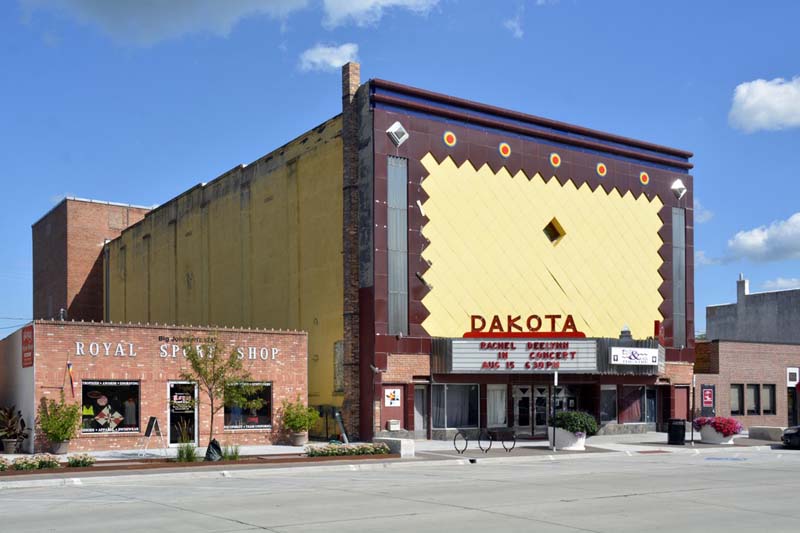
D.W. Rogers (1929) and Henry A. Raapke (1949). Yankton Opera House, Hess Theater, and Dakota Theater, Yankton, South Dakota, 1902, 1929, and 1949. Photograph by Dell Upton, 2019. The 1949 remodeling included facing the façade with the pigmented structural glass Vitrolite, which was popular at the time. Tastes changed, and production of the material ceased in 1960.
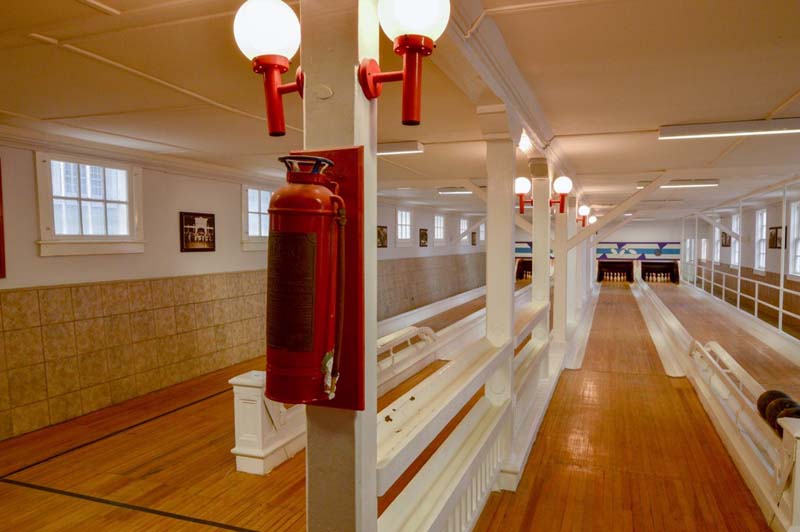
Unknown. Bowling Alley, Sewell Mining Town, Chile, 1905+. Photograph by Sarah Rovang, 2018. The factory town built for the Braden Copper Company was once home to 15,000 people. It no longer functions as a mine and is a UNESCO World Heritage Site.
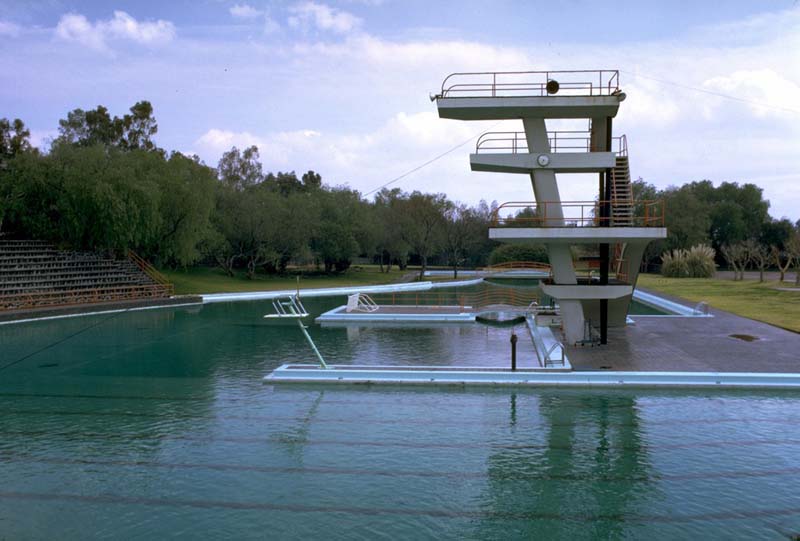
Félix Nuncio, Ignacio López Bancalari, and Enrique Molinar. Diving Tower and Swimming pool, Ciudad Universitaria, Mexico City, Mexico, 1950–1952. Photograph by William Kessler, 1967. The photographer was himself an architect of note, a modernist who studied at the Chicago Institute of Design (the ‘New Bauhaus’) and who had a long and successful career in Michigan.
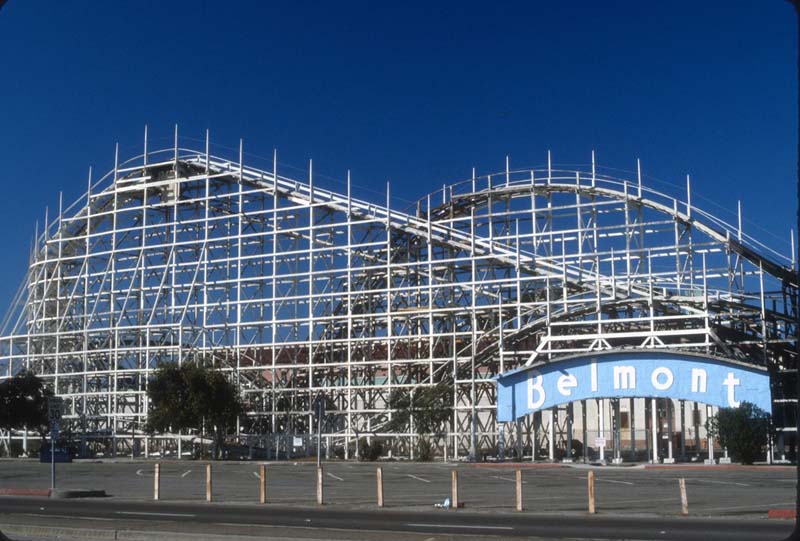
Frederick Church. Belmont Park, the Giant Dipper, San Diego, California, 1925. Photograph by Dell Upton, 1985. The roller coaster and park are still in operation.
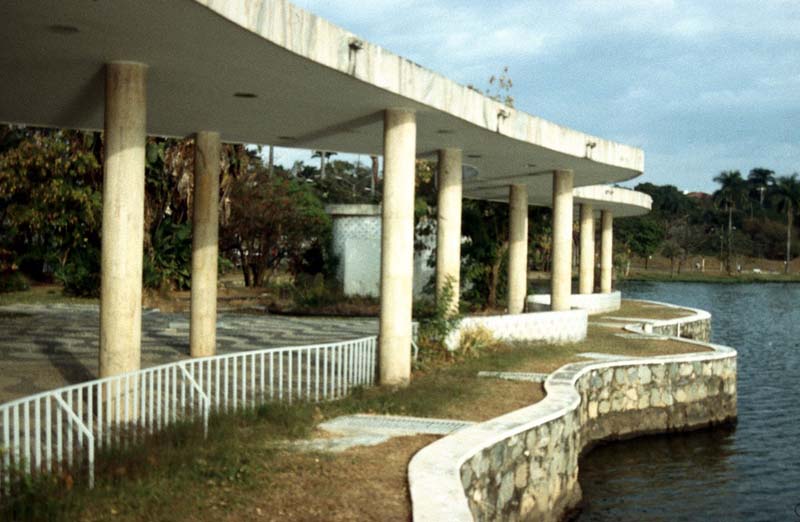
Oscar Niemeyer and Roberto Burle Marx. Pampulha Dance Hall, Belo Horizonte, Brazil, 1942. Photograph by Lauren Soth, contributed by Heidi Eyestone, 2000. Most of the time the photographer and contributor of a SAHARA image are the same, but this is an example where the photographer, Soth, used the photographs in his teaching, and at the end of his career donated his photographs to SAHARA. Visual resources curator Eyestone did the cataloging and uploading. The image date is significant because the site was restored in 2002, two years after Soth’s visit, which explains its unkempt appearance.
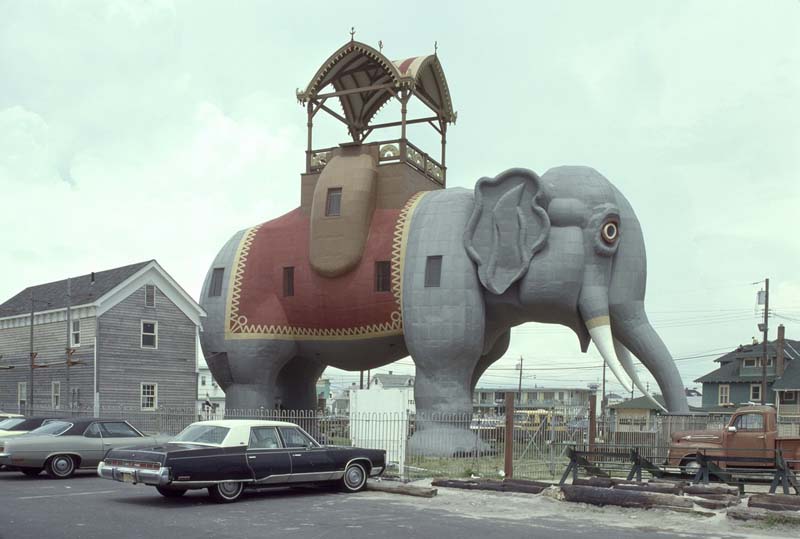
William Free. Lucy the Elephant, Margate, New Jersey, 1881. Photography by George Everard Kidder Smith. This wood and tin structure is the twelfth tallest statue in the United States. It was built as a viewing platform for a nearby real estate development and was turned into a roadside attraction. It has at various times housed a restaurant and a bar. It is a National Historic Landmark, one of the SAHARA fields.
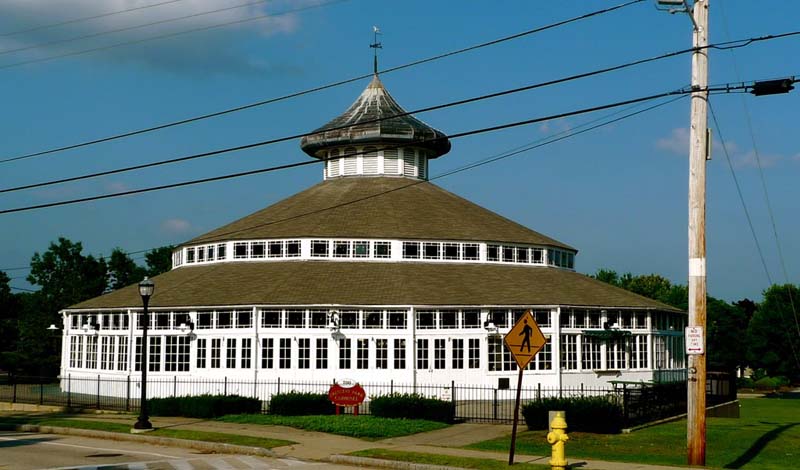
Charles I.D. Looff. Crescent Park Carousel, East Providence, Rhode Island, 1895. Photograph by Norine Duncan, 2009. While this large Merry-Go-Round was an amusement ride, it served as a showpiece for the designer, Looff, who used it to demonstrate his ability as a wood carver and carousel designer. It is currently undergoing restoration and is expected to reopen in 2022.
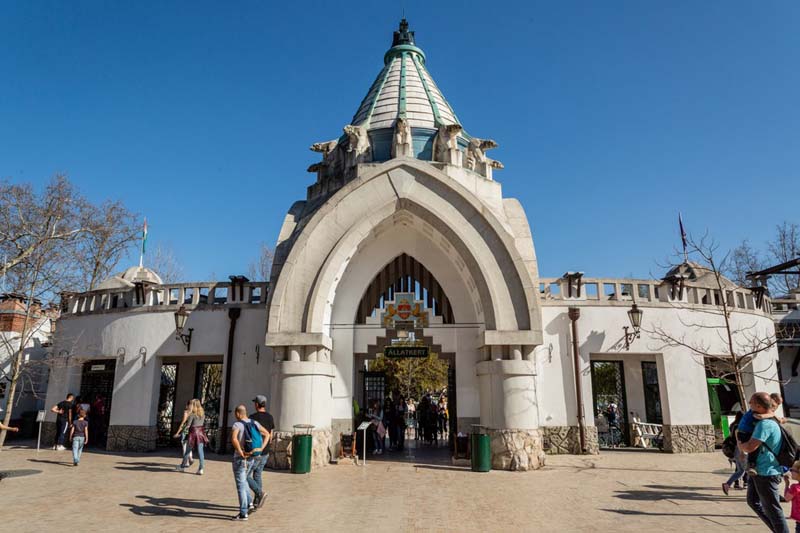
Unknown. Budapest Zoo Gatehouse, 1912. Photograph by Zachary Violette, 2019. The photographer has a PhD from Boston University and is an architectural historian. He filled in the optional ‘Period’ field, indicating that the gatehouse is one of those beguiling structures that crosses stylistic divides and has Art Nouveau and Secessionist features.
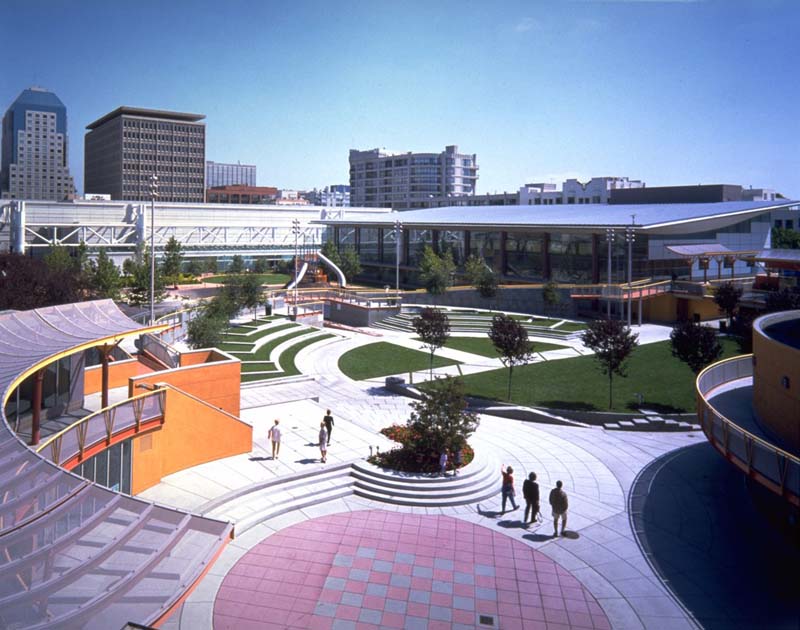
Adele Naudé Santos. Rooftop at Yerba Buena Gardens, San Francisco, California, 1991–1998. Photograph by Richard Barnes, undated. Santos is a South African born architect and urban designer.
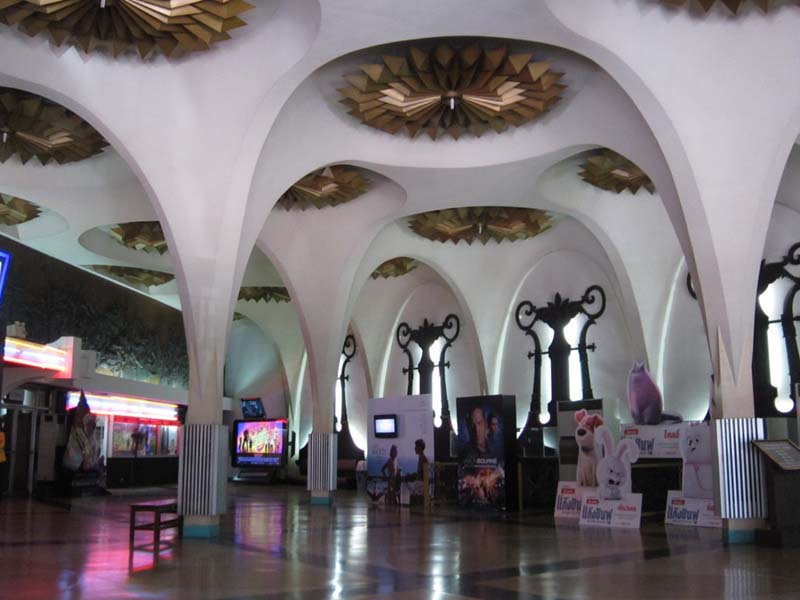
Jira Silapakanok, Scala Theater, Bangkok, Thailand, 1967–1969. Photograph by Mark Hinchman, 2016. The single screen theater seated around 1000, and its exuberant design was reminiscent of the work of Morris Lapidus. It served its intended purpose until recently and was demolished in October 2021. It is to be replaced with a shopping mall.


